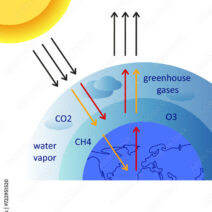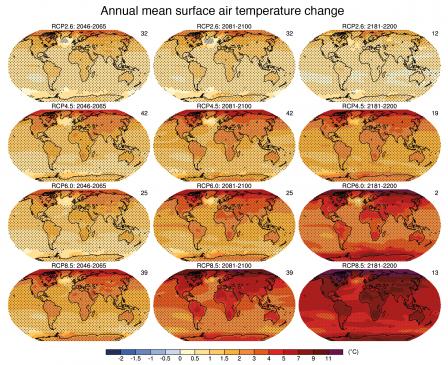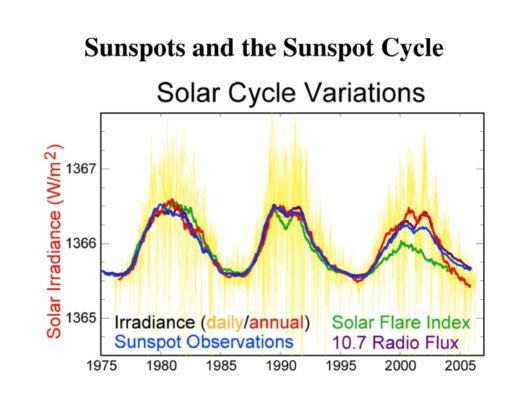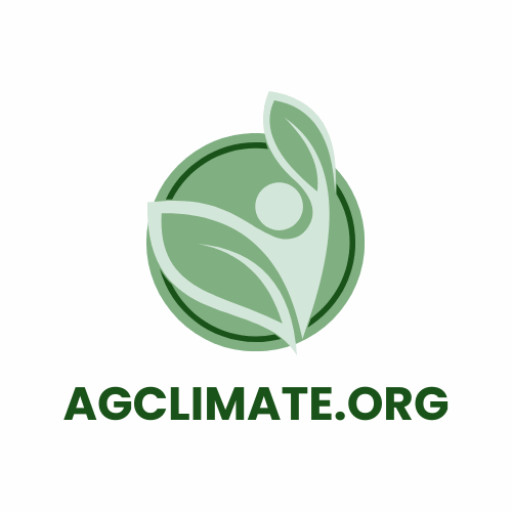Climate change represents a monumental challenge to our planet’s ecosystems, significantly altering the delicate equilibrium of the water cycle. Understanding how climate change disrupts this vital cycle is crucial for comprehending its wider implications on both environmental stability and human livelihood.
At the core of the water cycle is a process of continuous movement – from the atmosphere to the earth and back again. This cycle consists of several pivotal stages: evaporation, condensation, precipitation, infiltration, and runoff. Each of these processes is intricately linked, and alterations in one can induce cascading effects throughout the cycle.
First, let us examine the phenomenon of evaporation. As global temperatures rise due to increased greenhouse gas emissions, the rate of evaporation accelerates. Warmer air holds more moisture, a concept known as the Clausius-Clapeyron relation. This means that more water evaporates from oceans, lakes, and rivers, amplifying humidity levels in the atmosphere. The increase in evaporation can lead to more intense weather events, including thunderstorms and hurricanes, as atmospheric moisture fuels these systems. Consequently, while some regions may experience increased rainfall, others may suffer from prolonged droughts.
As water vapor accumulates, it undergoes condensation, forming clouds. The composition and behavior of clouds are also influenced by climate change. According to recent studies, the increased presence of aerosols, a byproduct of human activities, can instigate varied cloud formations. Some clouds reflect sunlight, leading to a cooling effect, while others trap heat, intensifying warming. This duality can result in unexpected weather patterns, making precipitation more erratic and unpredictable. Alterations in cloud behavior further complicate the water cycle, with regions experiencing either desperate water shortages or unprecedented flooding.
The stage of precipitation is where the impacts of climate change become palpably visible. Changes in temperature dictate not only the volume but also the type of precipitation. Warmer temperatures hasten the transition from snow to rain in many areas, posing severe implications for ecosystems and human infrastructure. For instance, mountain regions that rely on snowpack as a natural reservoir face diminished water availability in the spring and summer months, inciting fierce competition for dwindling water resources.
This challenge merges into the fourth stage of the water cycle: infiltration. As the soil becomes less saturated from prolonged drought periods, the land’s ability to absorb water diminishes, leading to increased runoff. As a result, rivers may swell dramatically during heavy precipitation events, causing devastating floods while simultaneously exacerbating drought conditions during dry spells. Over time, this cycle of saturation and dryness degrades soil health, disrupting agricultural practices and leading to food insecurity.
Human activities that exacerbate climate change further impede the natural rhythm of the water cycle. Deforestation significantly reduces evapotranspiration, where trees release moisture back into the atmosphere. This diminishment contributes to dryer local climates, creating feedback loops that reinforce further deforestation. Urbanization, too, plays a critical role in altering water flow. The development of asphalt and concrete surfaces impairs natural absorption processes during rainfall, instead directing water swiftly towards drainage systems, increasing the likelihood of urban flooding, while simultaneously depriving groundwater aquifers of much-needed recharge.
The temperature variations engendered by climate change additionally affect the distribution of water across the globe. Areas that traditionally received ample rainfall may suddenly transform into arid regions, while areas once deemed inhospitable may become fertile. This geographical shift puts stress on existing societal structures, demanding adaptive strategies for water management, agriculture, and disaster response.
Moreover, the interplay between climate change and the water cycle extends to the quality of water resources. Increased evaporation rates can elevate contaminants in stagnant water, while flooding can wash pollutants into water systems. As the distribution of precipitation becomes more erratic, the challenge of maintaining clean water supplies for consumption and agriculture intensifies.
Addressing these challenges requires a multifaceted approach. Enhanced understanding of local water cycles is essential for developing effective mitigation strategies against climate change. Utilizing both traditional knowledge and modern scientific methods can inform sustainable water management practices. Moreover, reducing reliance on fossil fuels and promoting renewable energy sources are imperative for slowing the overarching trends that drive climate change. Collaborative efforts at the local, national, and global levels must be galvanized to enact policies that reflect an urgent need for resilience in water management.
Looking ahead, it is evident that comprehending the intricacies of the water cycle amid shifting climatic conditions is paramount. Engaging in proactive conservation efforts, coupled with radical changes in both personal and community practices, can appreciably impact the trajectory of climate-related challenges. Ultimately, the health of our planet’s water cycle is inextricably linked to human survival, demanding immediate and sustained action to reconcile our relationship with nature.
In summary, the disruption of the water cycle by climate change should not be seen merely as an environmental concern but as an urgent matter that affects every facet of our lives—economic, social, and ecological. Through informed dialogue and concerted action, it is possible to turn the tide on this pressing issue. The future of our ecosystems, communities, and generations to come depends on it.






